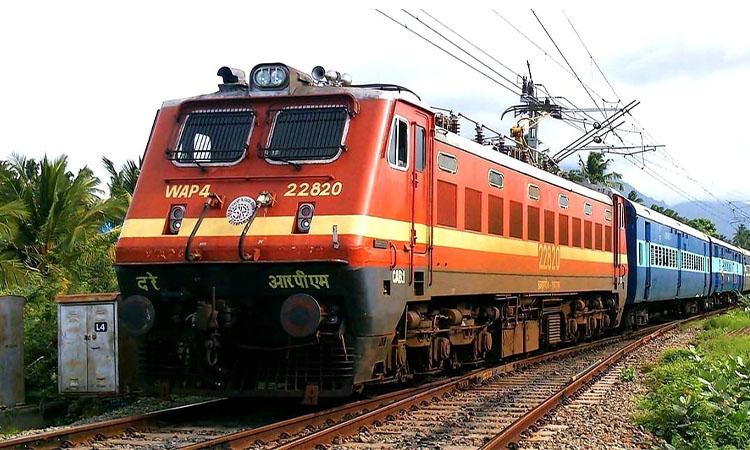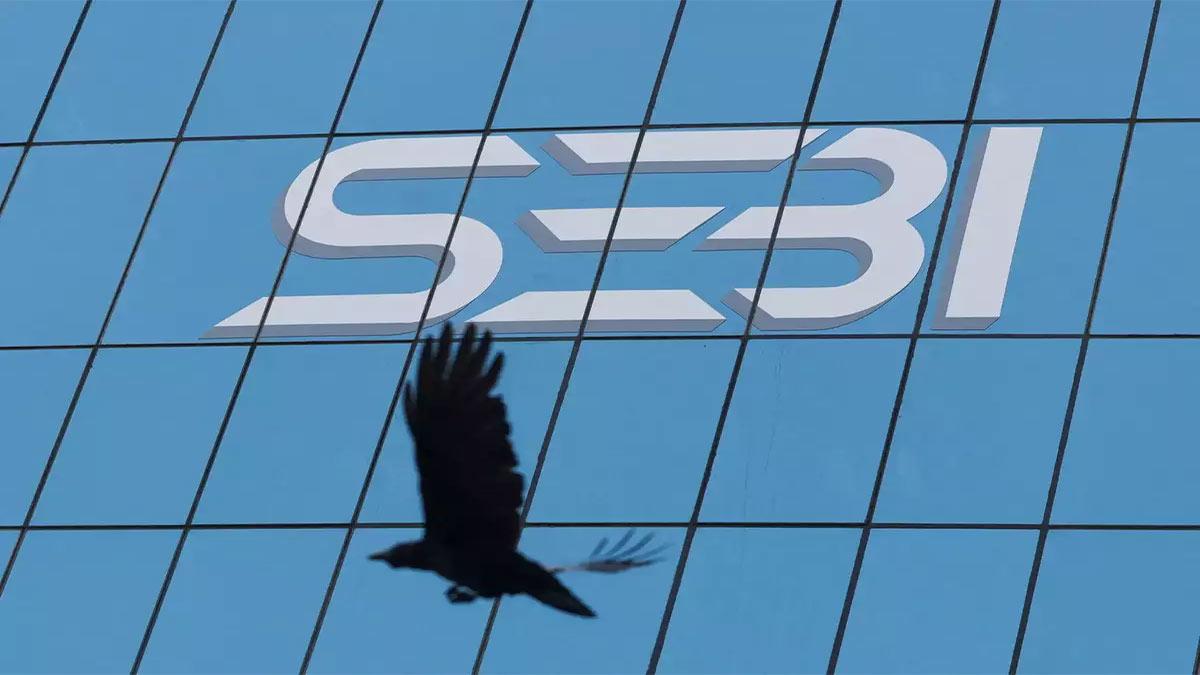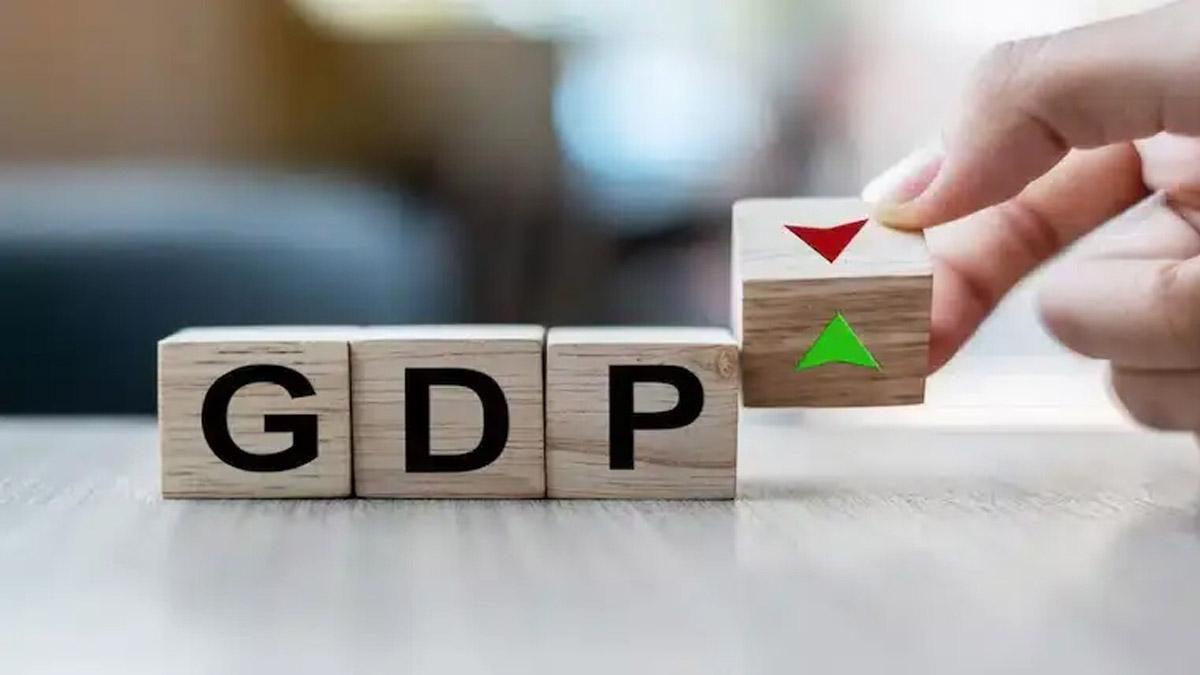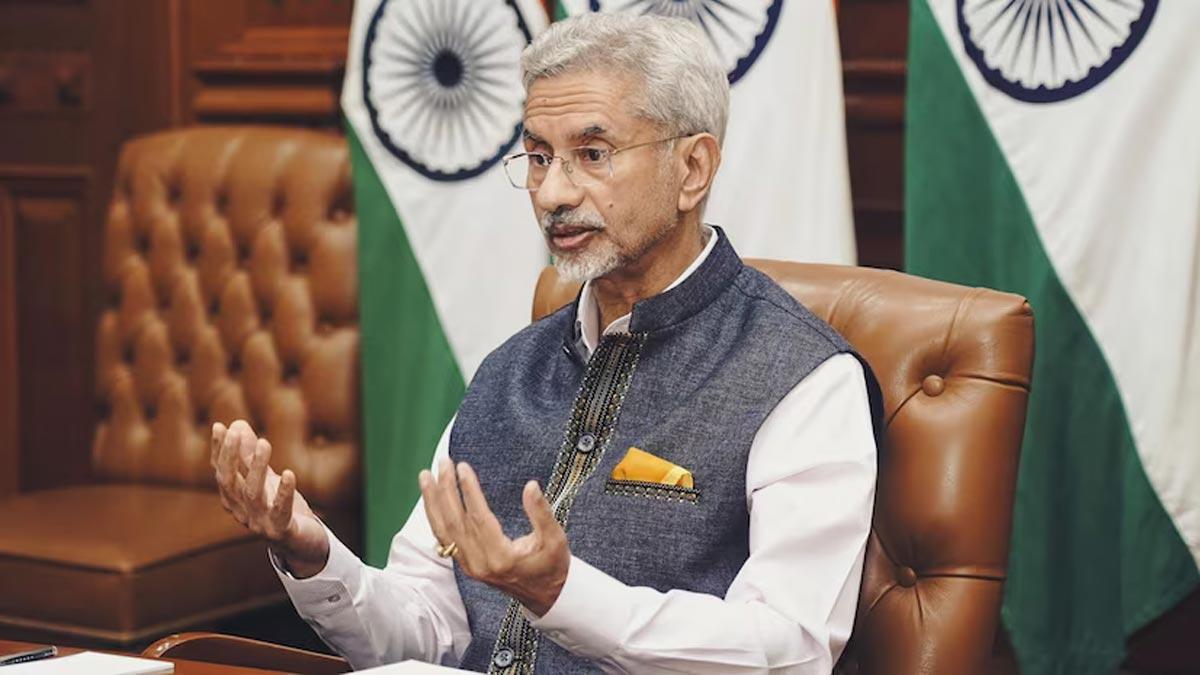The Indian Railways (IR) has set a target of 100 per cent electrification of its network by December 2023, said economic survey 2021-22.
To achieve this target with creation of other infrastructure in the sector, the government has increased the CAPEX (Capital expenditures) by five fold in the last seven years.
Union Finance Minister Nirmala Sitharaman on Monday tabled Economic Survey 2021-22 in the Lok Sabha. The survey claims that IR is targeting 100 per cent electrification of its network by December 2023, upgradation of Delhi-Mumbai and Delhi-Kolkata corridors to 160 kmph and also elimination of level crossings on the Golden Quadrilateral and Golden Diagonal routes.
The CAPEX has been increased substantially for IR from an average annual of Rs 45,980 crore during 2009-14 to Rs 2,15,058 crore during 2021-22.
"An average of 1,835 track km per year of new track length has been added through new-line and multi-tracking projects during 2014-2021 as compared to the average of 720 track km during 2009-14," survey said.
It mentioned that safety of the passengers and safe upkeep of railways assets is the topmost priority of IR. "With a continuing focus on safety of passengers the number of consequential train accidents has come down from 59 in 2018-19 to 55 in 2019-20 (pre-Covid) and further to 22 in 2020-21," it said.
In order to strengthen the agriculture sector, as on December 31, 2021, the railways has operated 1,841 Kisan Rail services, transporting approximately six lakh tonnes of perishables items including fruits and vegetables. During FY21, IR carried 1.23 billion tonnes of freight and 1.25 billion passengers.
"Despite Covid-19 pandemic, revenue earning freight loading (excluding loading by Konkan Railway Corporation Ltd. (KRCL) was 1230.9 million tonnes in 2020-21 as compared to 1208.4 million tonnes during 2019-20. Passengers originating were 1,250 million in 2020-21 as compared to 8,086 million in 2019-20," it said.
Also Read | Govt has fiscal capacity to support capital expenditure: Economic Survey
In order to provide better amenities, the IR has embarked on providing Wi-Fi internet services at all stations (excluding halt stations) and as on December 5, 2021, total 6,087 Railway Stations have been equipped with the facility. In addition, projects connecting difficult terrain such as Rishikesh- Karnaprayag line as also the rail network to connect all capitals of north east states are ongoing. Further, a number of infrastructure development initiatives are envisaged in the National Rail Plan (NRP) being prepared by the Indian Railways.
The plan envisages the creation of a future ready railway system that is able to not only meet the passenger demand but also increase the modal share of railways in freight to 40-45 per cent from the present level of 26-27 per cent. As per the National Rail Plan, the freight ecosystem is expected to grow from the present level of 4,700 MT to 8,200 by 2030.
"At present the railway capacity is barely able to carry 1,220 MT which is around 26-27 per cent of the modal share. The Plan provides a pipeline of projects, which on completion will increase railway capacity to capture 45 per cent of freight traffic," the plan said.
To prevent further bleeding away of modal share, railway capacity enhancing projects have been categorized as 'Super Critical' and 'Critical'. A total of 58 projects have been identified as 'Super Critical' and are targeted for completion by December 2022. About 68 projects have been identified as 'Critical' and have been targeted for completion by March 2024.
"These projects are focused at increasing capacity on routes that serve major mineral, industrial hubs along with ports and major consumption centres," it said.
"The next 10 years will see a very high level of CAPEX in the railway sector as capacity growth has to be accelerated such that by 2030 it is ahead of demand. As more projects are taken on hand and several sources of capital funding are developed, the CAPEX will increase further in coming years and the railway system will actually emerge as an engine of national growth," it added.


















